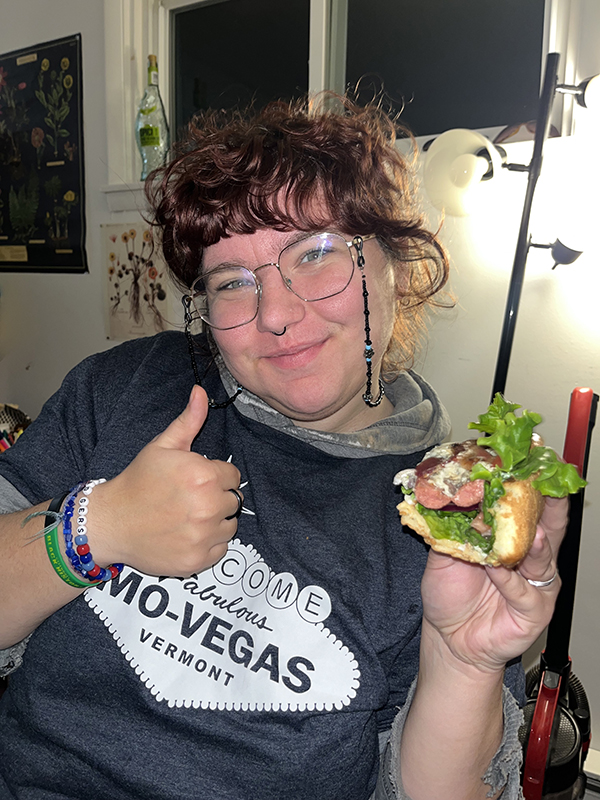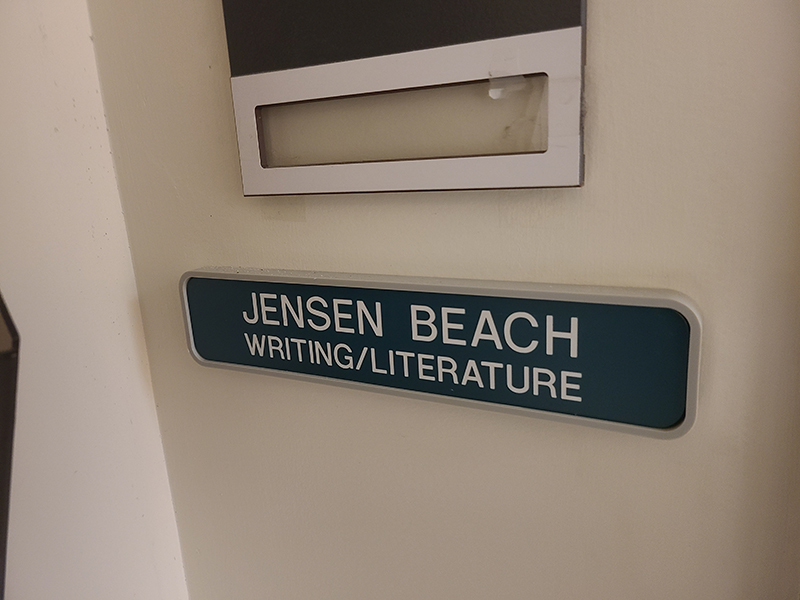“Education is not an item to be bought and sold,” said Shane Bouthillette, president of JSC’s Student Government Association, at a press conference at the state house Friday March 15. “It is an investment in our aspirations, our ingenuity and the prosperity of all. At a time of budget cuts and tightening of belts, the last thing we should do is stop investing in the future of our state,”
This day marked the crossover deadline for House and Senate bills, “which means in order for a bill to pass the Senate this year, after which it has to go to the House, it must be voted out of its committee of jurisdiction by today,” said State Senator Anthony Pollina. “So, if they don’t vote it out today, they can still vote it out next week, but it will not meet the crossover deadline and wouldn’t necessarily become law this year.”
Luckily, S.40, a Senate bill sponsored by Senators Pollina, Collins, Cummings, Doyle, Lyons, Westman and Zuckerman passed the Senate Education Committee early Friday afternoon, 5-0.
This bill will establish a task force (The Vermont Higher Education Affordability Committee) to look into creating policies to restore the 1980 ratio of state-funding to student-tuition at the Vermont State Colleges to make higher education more affordable. Currently, public funding for the VSCs is at 17 percent, one of the lowest percentages in the United States.
“In 1980 a little more than half, 51 percent, of the funding for state colleges came from the state–from the Legislature, the general fund,” said Pollina. “A little less than half of it, 49 percent, came from tuition and fees. Since 1980, we’ve seen this big shift and now the great majority of money comes from students and families and very little comes from the general fund.”
The bill states: “On a per capita basis, Vermont now provides less state support to its public colleges than almost any other state.” Vermont has one of the best K-12 programs of all 50 states, it seems pretty outrageous that we would be lacking so severely when it comes to higher education and spending so greatly (twice as much) when it comes to corrections.
“We’ve essentially just chosen to ignore the need to fund our state colleges and the state really suffers because of that.” said Pollina. “A lot of people decide they can’t afford to go to college, and then there are a large number of people who decide to leave Vermont to go to college elsewhere, and when they do they often don’t come back. On the other hand we do know that the great majority, 84 percent, of people who attend state colleges in Vermont, stay in Vermont. The state college education is good not only for the students, but it is also good for the state of Vermont.”
The task force this bill establishes will be composed of nine members: one member of the Senate, one member of the House; one faculty member of the University of Vermont (UVM); one faculty and one staff member of the VSCs; the President of UVM; the Chancellor of the VSC; and two students, one from UVM and one from the VSC.
This committee has been tasked with developing policies to lower student and family costs so that colleges are more affordable to Vermonters, increase resources for higher education instruction, return to the 1980 ratio of state-funding for student-tuition, reduce student debt, retain and recruit higher-education faculty and staff and implement methods of income sensitivity.
That’s a tall order to fill with only six meetings between July 1 and Nov. 15, 2013. “It’s a small step,” said Pollina. “But it puts us on record as making the commitment to restore the 1980 ratio of funding…it at least makes the point that we are no longer going to ignore the need to fund our state colleges.”
How exactly will this increase in appropriations for higher education be funded is the big question.
“[The funding] used to come from the general fund of the state of Vermont,” said Pollina. “So we need to find room in the general fund to begin to restore the funding. I’m not saying it’s going to be an easy thing to do, but we find ways to fund our public school systems so we lay a good foundation, and then we just send people off into a state college system that they can’t afford… Not knowing where we are going to get the money from shouldn’t stop us from making the commitment to do the right thing.”
“I also think it’s really important for students to push us and raise their voices,” said Pollina.



